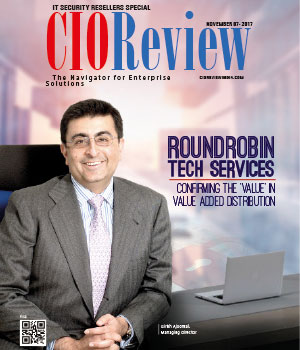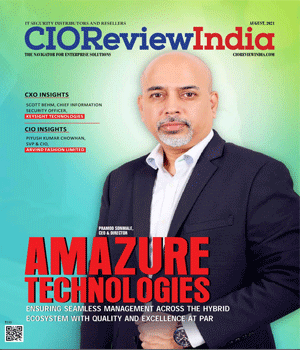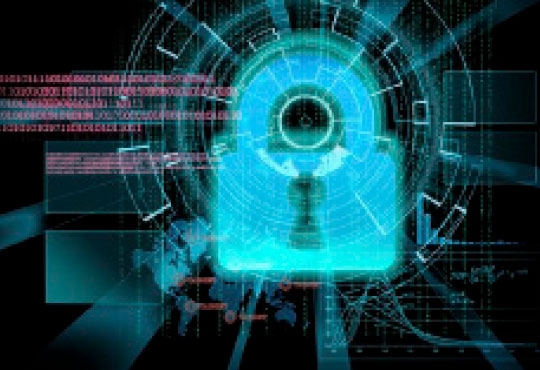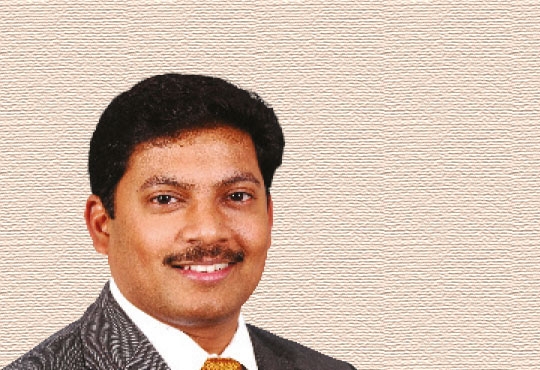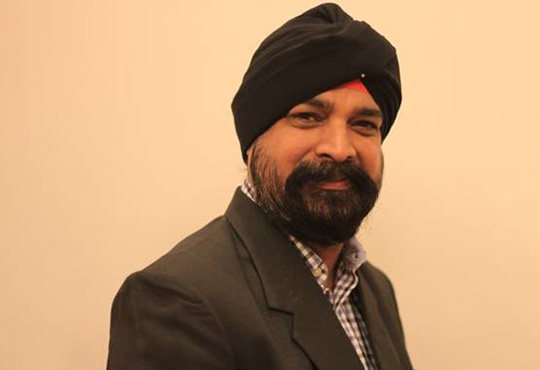
Technology - The World of Iron and Steel
Ashok Kumar, CTO,Tata Steel
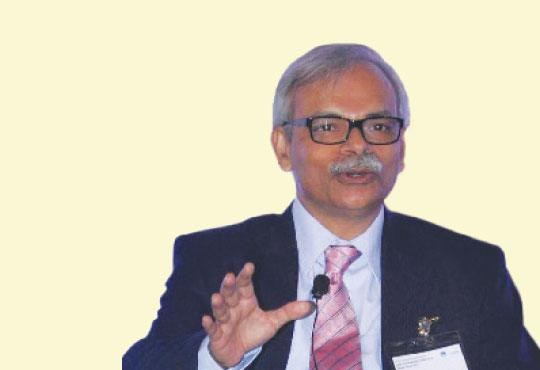 Technology is all pervading - it is both the art and the science of our means to achieve a significant effect on the world we live in. It is a term for both the knowledge of how things work; as well as the intelligence that gets embedded in equipment which actually influence our world. Today's print and television media have several sections called 'technology' - which could create the impression that technology is all about the latest gadgetry and the 'apps' which run on them. Of course this is very much consistent with our definition - technology being about means to achieve a significant effect on the world; and e-commerce and social connect are right on spot - as they do indeed dominate the mind space currently. Technology is of course a much broader term - and came into being to describe the 'means' created as part of the industrial revolution or even earlier - as human beings' quest to master their surroundings.
Technology is all pervading - it is both the art and the science of our means to achieve a significant effect on the world we live in. It is a term for both the knowledge of how things work; as well as the intelligence that gets embedded in equipment which actually influence our world. Today's print and television media have several sections called 'technology' - which could create the impression that technology is all about the latest gadgetry and the 'apps' which run on them. Of course this is very much consistent with our definition - technology being about means to achieve a significant effect on the world; and e-commerce and social connect are right on spot - as they do indeed dominate the mind space currently. Technology is of course a much broader term - and came into being to describe the 'means' created as part of the industrial revolution or even earlier - as human beings' quest to master their surroundings.The iron and steel industry is very basic and foundational for all nations – whether highly industrialised or less so. In fact many countries have had government owned steel companies at some stage; and many, including India, continue to do so today. The reason is simple - steel, literally and figuratively, is the wheels and tracks of modern society. Infrastructure - airports, rail, bridges, cars, buildings, ships and weaponry - all rely on steel to give them strength and scale. Even though ‘Iron Age’ began several hundred years ago, in effect this is a 'continuing iron age'. It seems to have become such an integral part of living that the high technological subtlety underlying our world often goes unnoticed. The digital domain - which though also has been around for some time - is seen actively changing the way we live. Technology drives both and in fact intertwines them to reinforce each other. Satellites and undersea data cables, for example, are cases of cutting edge technology combining the domains of materials and digital technology; and there are several other dimensions of synergy as well.
Development of sensors which can function in hostile environments, speedy data processing to evolve guidance models; as well as developments in driving knowledge of micro structural change in steel during processing to new heights – are some of the hallmarks of modern steel technology. While addition of alloying elements is one obvious way to influence properties of steel, a far more potent and economic way to produce ‘super steels’ of today is to control the micro structural features of steel. It is amazing that for such an old industry, the steel grades or products produced today (defined by their mechanical and surface properties) are no more than two decades old; and new products continue to be developed today. Pushing the boundaries of science to detail out evolution in microstructure during processing of steel in real time; and developing technology to control it online – has transformed the finishing end of steel mills.
Technology does change everywhere - but the 'clock speed' of each industry is different. While iron and steel production hasn’t seen disruptive technological change, the industry dynamics itself has been drastically disrupted over the last few years. This in turn leads to significant technological adjustments – and the wave of knowledge and digital advancements certainly look to eke out the remaining efficiency pockets in iron and steel production.
The basic process of converting 'iron ore' to iron and refining it to steel has not changed fundamentally over hundreds of years. What has changed is the nature of technology - the scale and efficiency of the transformation. Over the last 25 years – the production of steel in the world has doubled from about 0.75 to 1.5 billion tonnes. The unprecedented demand growth over these decades changed the steel industry and its feeder industry – raw materials – coal and iron ore – dramatically. It caused iron ore prices to go up several fold – from 15-20 USD /t to 130 USD /t; and metallurgical coal from about 60 USD/t to a high of 250-300 USD /t. The steel products too sold at 700 USD /t compared to about 200 USD /t in the earlier decades.
Not with standing the current mayhem in steel industry, the ‘iron age’ is here to stay. In fact, each crisis leads to technological and business innovations – so the long term prospects can only improve. While several exciting developments in alternative materials continue to unfold, the supremacy and wide applicability of steel as an environment friendly engineering material is unlikely to be challenged soon. The adage of “iron hand” will live on.
CIO Viewpoint
Aligning IT Roadmap with Business Objectives: A...
By Subhash singh Punjabi, CISO & Head Enterprise Architecture, Deepak Fertilisers & Petrochemicals Corporation Ltd
Empowering Women: Shaping the Future of Industry
By CIOTechOutlook Team
Scaling AI: Finding the right Biztech...
By Sujatha Gopal, CTO - Communications, Media & Information Services (CMI), Tata Consultancy services
CXO Insights
It's Time CISO's Use AI to Strength Information...
By Sanil Nadkarni, CISO & Vice President, Global Enterprise Security & Risk Governance, SLK Global
Networking: Essential Component in an...
By Sanket Lamichhane, Member Experience Director, Entrepreneurs' Organization - South Asia
IT Security Landscape - Then and Now


